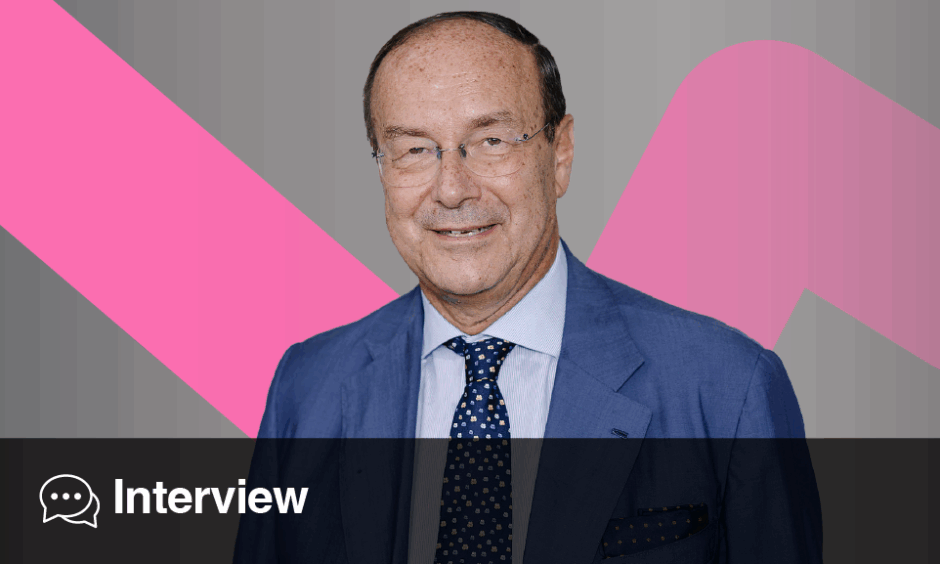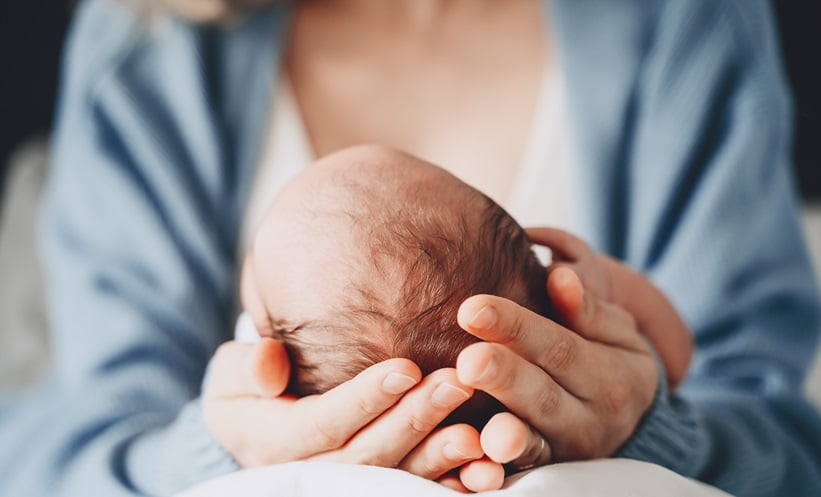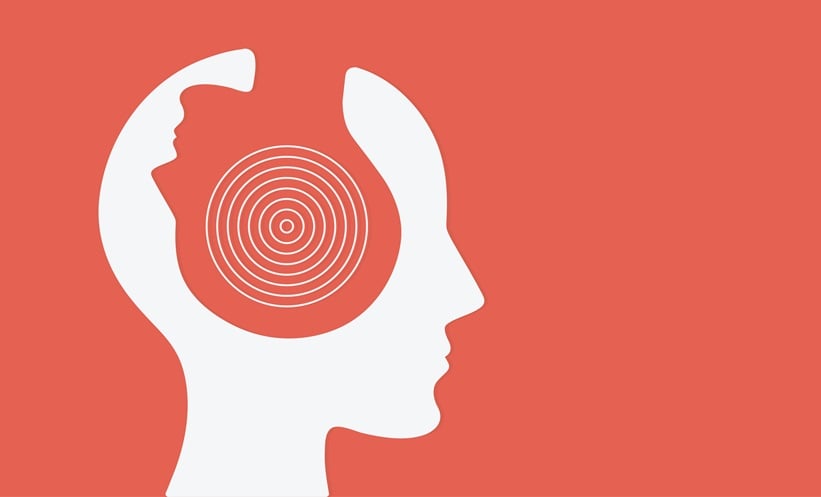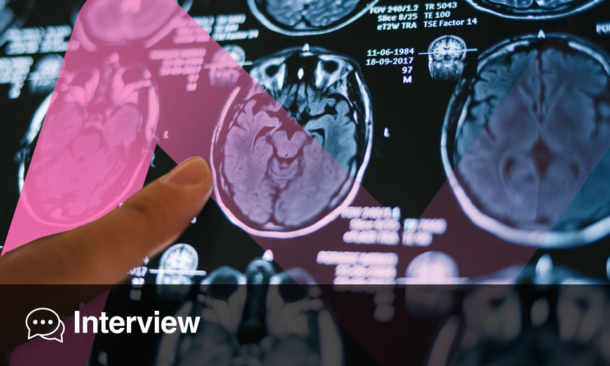Antonio Toscano | Director of Stroke Unit, Department of Clinical and Experimental Medicine, University of Messina, Italy; Secretary General, European Academy of Neurology (EAN)
Citation: EMJ Neurol. 2025;13[1]:52-53. https://doi.org/10.33590/emjneurol/HILF2569
![]()
As the newly elected Secretary General, what are your top priorities for the European Academy of Neurology (EAN) in the coming years?
The EAN is looking to the future, and what we are mainly trying to promote is the Brain Health Mission. This is a very important campaign which aims to increase awareness of neurological disorders for the population, all institutions, and medical doctors, because neurological disorders are still a little bit obscure for some people. It’s important to try to explain the pathophysiology of neurological disorders and how we could to prevent them. Thus, one of the main pillars of this campaign is to try and make people more aware of the impact of what they are eating and what they are doing. This is important from infancy or adolescence, especially avoiding certain activities or specific behaviours that can increase the risk of neurological disorders.
Additionally, there are a large number of neurological disorders that need to be better investigated. We know that one of the most important targets is to try to develop new drugs, especially for rare disorders. Within Europe, there are some areas that are more able and capable of this, whereas there are others that are less ready to start a campaign for new drugs. However, it is something that the EAN is strictly adhering to, because homogenising neurological knowledge across Europe is an important mission.
What new initiatives is the EAN pursuing to foster collaboration across national societies and neurological subspecialties?
There are several initiatives that are targeted to try and bridge the gap between the EAN and the national neurological societies. We have at least two forums with them per year to update and discuss what could be the best initiative to improve the neurological situation in every European country. As well as the national societies, which form a large group, there are several other entities that are linked to the EAN, including corresponding societies from Africa or Asia, task forces for specific topics, and, more specifically, all the EAN panels that are aimed to improve the knowledge and practice of different neurological subspecialties. This is an ongoing activity that lasts all year, with several contacts and possibilities to interact with expert colleagues interested in specific subspecialties such as headache, muscle disorders, movement disorders, cerebrovascular disorders, dementia, multiple sclerosis, and so on. This is a great opportunity to exchange ideas and experiences in the neurological fields with a continuous update.
Are there any special collaborations or joint sessions at this year’s congress that you would like to highlight?
Yes, the EAN tries to favour collaboration among different scientific panels, because there are some common problems within all neurological disorders, and the collaboration between different panels on the same topic provides a broader view on the problems to be solved coming from a specific disorder. We are now also trying to favour collaboration between the EAN and other partner societies. This kind of interaction between scientific societies is relevant to trying to improve the general picture of these disorders.
For you personally, what has been your favourite session?
It’s really difficult, but I think I’d say some of the interesting sessions about headache, cerebrovascular disorders, and neuromuscular disorders, especially in regard to gene therapy. And of course, we have to consider that AI use is now rapidly expanding and being used by every neurologist. Not all of us are aware of the possibilities and the risks of using AI, so there were some sessions on this that were really interesting and important from an educational point of view.
With your extensive background in neurodegenerative and muscular disorders, which recent advances in these areas have been highlighted during this year’s congress?
For me, as the head of the stroke unit at my institution, there were some very interesting sessions on cerebrovascular disorders. I also have a keen interest and perform research in muscle disorders; so, on the one hand, for cerebrovascular disorders, I would like to outline that there were very relevant sessions, especially for stroke mimics, which is always a problem for neurologists. On the other hand, for muscle disorders, there was an important session covering the latest therapeutic news for myasthenia, muscle spinal atrophy, Duchenne muscular dystrophy, and Pompe Disease, which has been really well studied even more recently. There were also some promising trials for myotonic dystrophy. With all of this in mind, I suppose within 1–3 years we will definitely have new drugs.
What do you see as the key takeaways or messages from this year’s congress that you hope participants will bring back to their own practice or research?
I think the first one is to go back and remember the aim of the Brain Health Mission. It’s very important to make the population aware about what they have to do and what they have to avoid, in order to not facilitate the onset of neurological disorders. This is, I think, a very important point.
Another point is regarding AI. This is something that has to be applied carefully, so that we don’t think AI can solve all problems, but we apply it in a reasonable manner. Considering the more day-to-day problems, I would also outline its use for every kind of disorder. The important thing is to refer patients to the right centres, because we need an early diagnosis more and more. We now have several therapeutic tools to tackle different kinds of disorders, such as stroke, multiple sclerosis, neuromuscular disorders, Parkinson’s disease, headache, and hopefully dementia in a few years; and what is really relevant, is to try to condense our efforts to make the diagnosis as soon as possible. When you have degenerated tissue, you cannot do much if you try to intercept at this point; if you are able to intercept the possible damage in these kinds of disorders earlier, you can treat them with more targeted therapy sooner, which could lead to better outcomes for patients.
It is well known that there is a group of European countries that are a little bit ahead compared to others, and although every country has its own excellence centre, some countries have 10. This is something that the EAN tries to homogenise, to improve the level of expertise in all countries. Alternatively, if this is not possible, there is a large opportunity to collaborate with different national societies and national neurological groups. This is something that is really important for the EAN, and one of the most important targets we want to reach.







